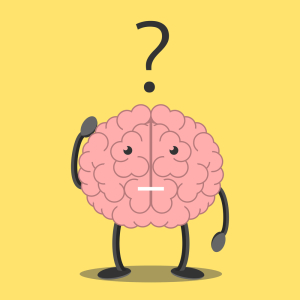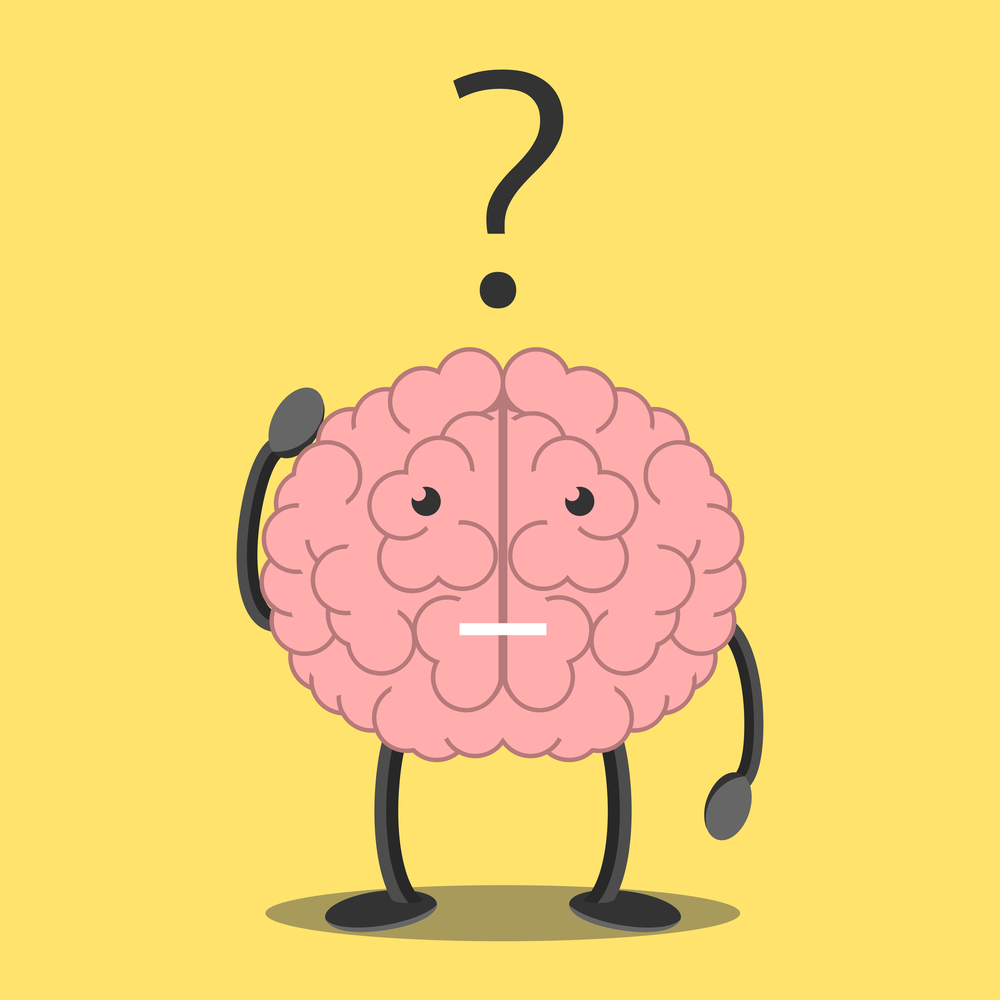 Add to favorites
Add to favoritesLinda Houston, B.A., B.Ed., OCT, Educational Consultant, LD@school and Nathalie Paquet-Bélanger, Specialist in Learning Disabilities, LD@school
The purpose of this summary is to provide educators with tools to work effectively with students who have learning disabilities (LDs) and working memory difficulties. Specifically, the summary provides:
- an overview of the link between working memory and LDs;
- a list of potential strategies;
- a table summarizing how working memory difficulties may present in the classroom, with relevant interventions; and
- a list of resources on the LD@school website, to deepen educators’ understanding of how to support students with working memory difficulties.
Working memory and learning disabilities
Working memory is the ability to temporarily hold on to information while the mind is busy with another task. In the classroom, working memory is critical to learning situations involving literacy and numeracy; it is also vital to social situations.
A strong correlation has been found between certain LDs and working memory difficulties. In Understanding Working Memory: A Classroom Guide (2007), psychologists Gathercole and Alloway report that approximately 70% of students with LDs in reading score very low on working memory assessments—something that is very rarely seen in students who do not have LDs.
Working memory difficulties are common among students with other types of LDs such as language deficits, difficulty with writing and mathematics. Gathercole and Alloway found that many students with Attention Deficit Hyperactivity Disorder (ADHD) have working memory difficulties as well. It is important to note that not all students with LDs have working memory difficulties.
Educational strategies
A student with working memory difficulties needs strategies in order to keep on learning. Three types of strategies are effective: compensatory strategies, recall strategies, and memory aids.
Compensatory strategies
Compensatory strategies must be taught using pedagogical approaches that focus on explicit instruction. Two examples of compensatory strategies for a student who understands mathematical concepts, such as addition, would be playing cards or calculating the total cost of a grocery shopping list. Compensatory strategies make it possible to create variety in learning situations.
Recall strategies
Recall strategies are primarily verbal; they are used to help a student retrieve previously learned information from memory. To reinforce the steps in a task, the educator can model the steps aloud; this will help the student to remember the sequence. A written review of these steps at a later time will provide added reinforcement.
External aids
External aids sum up key information on a given subject; the student can refer to the memory aid as needed. A memory aid can take the form of a schedule for the day, a list of criteria for completing a task such as a long-term project, a flow chart for completing a writing assignment, a clock face showing the time that a student has to complete a task or even a simple, straightforward poster that is displayed in the classroom.
How working memory difficulties may present in the classroom and relevant interventions
Working memory difficulties can be observed in the classroom. Various manifestations and ways to address them are presented in the following table. Note that many of the behaviours described do not manifest exclusively because of working memory difficulties. Also, some interventions lead to changes to the expectations in specific contexts.
This table is based on a Laval school board document entitled, Les difficultés d'apprentissage, comment faire au quotidien and a CanLearn Society document entitled, Supporting Students with Working Memory Difficulties.
|
Observable Behaviour |
Interventions |
| The student has difficulty arriving at an overview of a complex situation (poor attention to detail, forgetting or skipping words, and writing shorter sentences). |
|
| The student has difficulty independently starting or completing a task. |
|
| The student has difficulty retaining new words and remembering the vocabulary for the subject matter. |
|
| The student has difficulty making inferences. |
|
| The student has difficulty following a sequence of steps, verbal instructions or tasks (in spite of repeated reminders). |
|
| The student has difficulty representing a problem visually; s/he has weak reasoning skills. |
|
| The student has difficulty remembering factual knowledge and procedural knowledge (new vocabulary words, spelling, verb declensions, and mathematical procedures). |
|
| The student has difficulty transferring the concepts he/she has learned to other situations. |
|
| The student has difficulty remembering what s/he has just read, heard, wants to say, or was told to do. |
|
| The student loses or forgets his/her personal belongings. |
|
Relevant Resources on the LD@school Website
Click here to access the article, "Working Memory & LDs".
Click here to access the evidence-informed summary, "Working Memory and Cognitive Load".
Conclusion
If students with LDs are to succeed at school, they must be able to use their working memory effectively. Every student has unique strengths and weaknesses; it is up to educators to present as many strategies as possible so that each student can pick the ones that work for him/her. As each student becomes more adept at utilizing strategies, self-confidence will grow and learning will come more easily.
References
Lecours, G., Landry, N. and Émond, M. (2012). Les difficultés d'apprentissage, comment faire au quotidien. Commission scolaire de Laval. Accessed at http://www.pierrepotvin.com/8.%20Banque%20d'outils/Difficultes_apprentissage_%20strategies.pdf
Take Ten Series | CanLearn Society. Supporting students with working memory difficulties (2013). Accessed at http://canlearnsociety.ca/resources/take-ten-series/working-memory/







